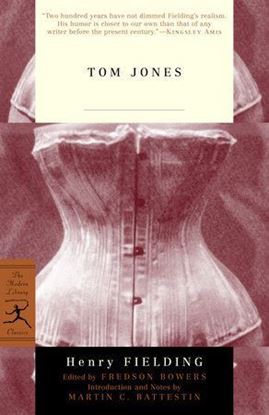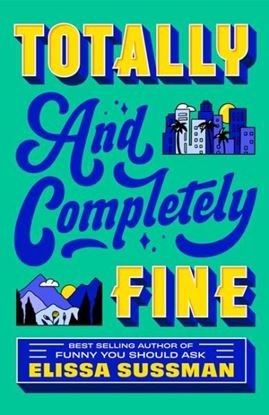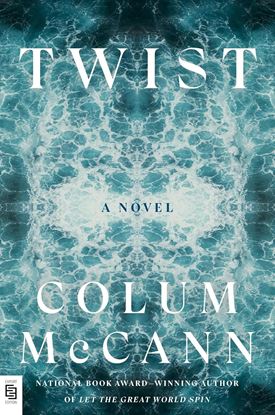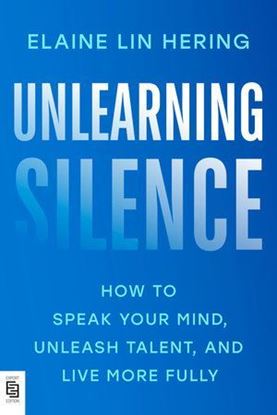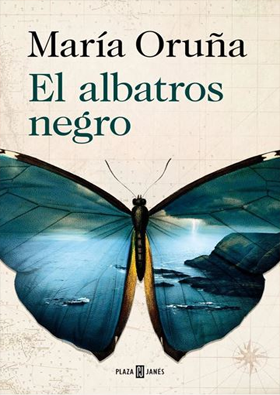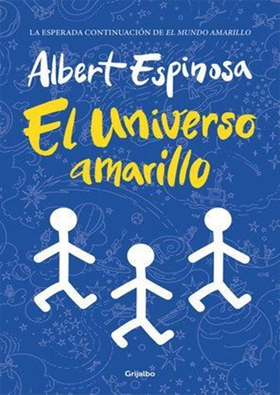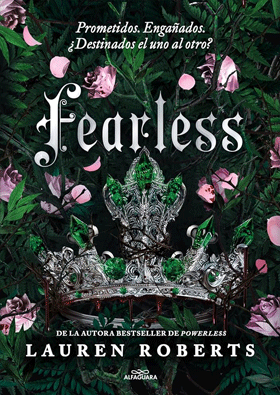

TOM JONES
Tom, a foundling, is discovered one evening by the benevolent Squire Allworthy and his sister Bridget and brought up as a son in their household; when his sexual escapades and general misbehavior lead them to banish him, he sets out in search of both his fortune and his true identity. Amorous, high-spirited, and filled with what Fielding called “the glorious lust of doing good,” but with a tendency toward dissolution, Tom Jones is one of the first characters in English fiction whose human virtues and vices are realistically depicted. This edition is set from the text of the Wesleyan Edition of the Works of Henry Fielding.
1,100
825
TOTALLY AND COMPLETELY FINE
In her small Montana hometown, Lauren Parker has assumed a few different roles: teenage hellraiser; sister of superstar Gabe Parker; and most recently, tragically widowed single mother. She's never cared much about labels or what people thought about her, but dealing with her grief over the loss of her husband Spencer has slowly revealed that she's become adrift in her own life.
Then she meets the devilishly handsome actor Ben Walsh on the set of her brother's new movie. They have instant chemistry, and Lauren realizes that it has been far too long since someone has really and truly seen her. Her rebellious spirit spurs her to dive headfirst into her desire, but when a sexy encounter becomes something more, Lauren finds herself balancing old roles and new possibilities.
There's still plenty to contend with: small-town rumors, the complications of Ben's fame, and her daughter's unpredictable moods. An unexpected fling seemed simple at the time--so when did everything with Ben get so complicated? And is there enough room in her life for the woman Lauren wants to be? Alternating between Lauren's past with Spencer and her present with Ben, Totally and Completely Fine illuminates what it means to find a life-changing love and be true to oneself in the process.
950
713
TRUE BIZ
True biz? The students at the River Valley School for the Deaf just want to hook up, pass their history finals, and have politicians, doctors, and their parents stop telling them what to do with their bodies. This revelatory novel plunges readers into the halls of a residential school for the deaf, where they’ll meet Charlie, a rebellious transfer student who’s never met another deaf person before; Austin, the school’s golden boy, whose world is rocked when his baby sister is born hearing; and February, the hearing headmistress, a CODA (child of deaf adult(s)) who is fighting to keep her school open and her marriage intact, but might not be able to do both. As a series of crises both personal and political threaten to unravel each of them, Charlie, Austin, and February find their lives inextricable from one another—and changed forever.
700
525
TWIST
Anthony Fennell, a journalist, is in pursuit of a story buried at the bottom of the sea: the network of tiny fibre-optic tubes that carry the world's information across the ocean floor - and what happens when they break. A darkly epic novel about connection, disconnection and destruction - from bestselling and National Book Award-winning author Colum McCann.
1,200
900
TWO BY TWO (PB)
At 32, Russell Green has it all: a stunning wife, a lovable six year-old daughter, a successful career as an advertising executive, and an expansive home in Charlotte. He is living the dream, and his marriage to the bewitching Vivian is at the center of it. But underneath the shiny surface of this perfect existence, fault lines are beginning to appear . . .
In a matter of months, Russ finds himself without a job or a wife, caring for his young daughter while struggling to adapt to a new reality. Throwing himself into the wilderness of single parenting, Russ embarks on a journey at once terrifying and rewarding—one that will test his abilities and his emotional resources beyond anything he's ever imagined.
When a chance encounter with an old flame tempts him to take a chance on love again, he navigates this new opportunity with trepidation and wonder. With the loyal support of his parents, the wisdom of his older sister, Marge, and the hard-won lessons of fatherhood, Russ will finally come to understand the true nature of unconditional love—that it is a treasure to be bestowed, not earned.
1,400
1,050
UNLEARNING SILENCE
Having a seat at the table doesn’t mean that your voice is actually welcome. Knowing something is wrong doesn't mean it's easy to speak up. In fact, there are incentives for many of us to stay silent. Why speak up if you know that it won’t be received well, and in fact, often makes things worse?
In Unlearning Silence, Hering explores how we’ve learned to be silent, how we’ve benefited from silence, how we’ve silenced other people—and how we might choose another way. She teaches how to recognize and unlearn unconscious patterns so we can make more intentional choices about how we want to show up in at home and at work. Only by unlearning silence can we more fully unleash talent, speak our minds, and be more complete versions of ourselves… and help other people do the same.
With compassion, clarity, and understanding, Hering guides readers through real-life examples and offers a concrete road map for doing this vital and challenging work.
1,400
1,050

